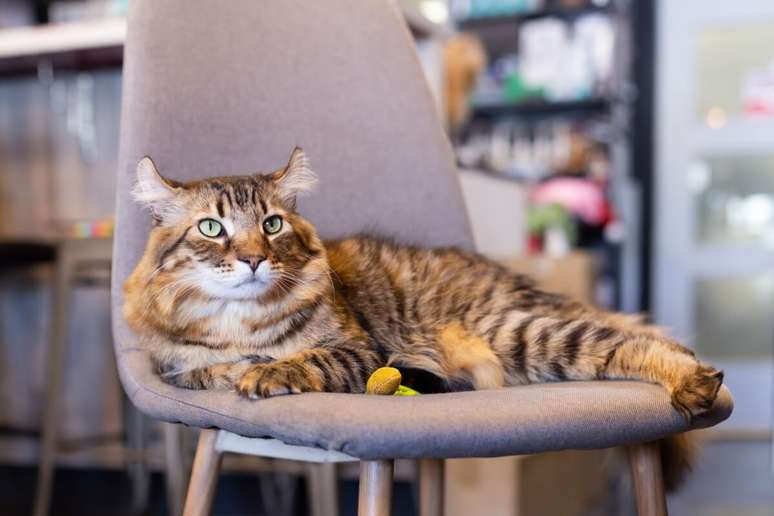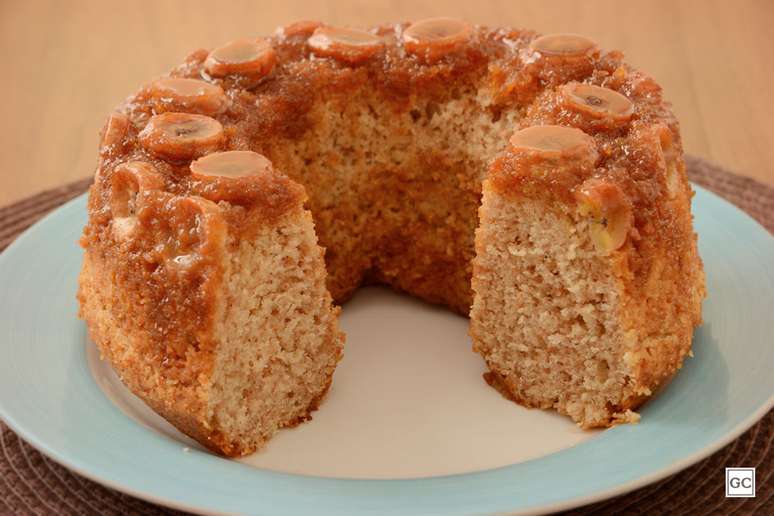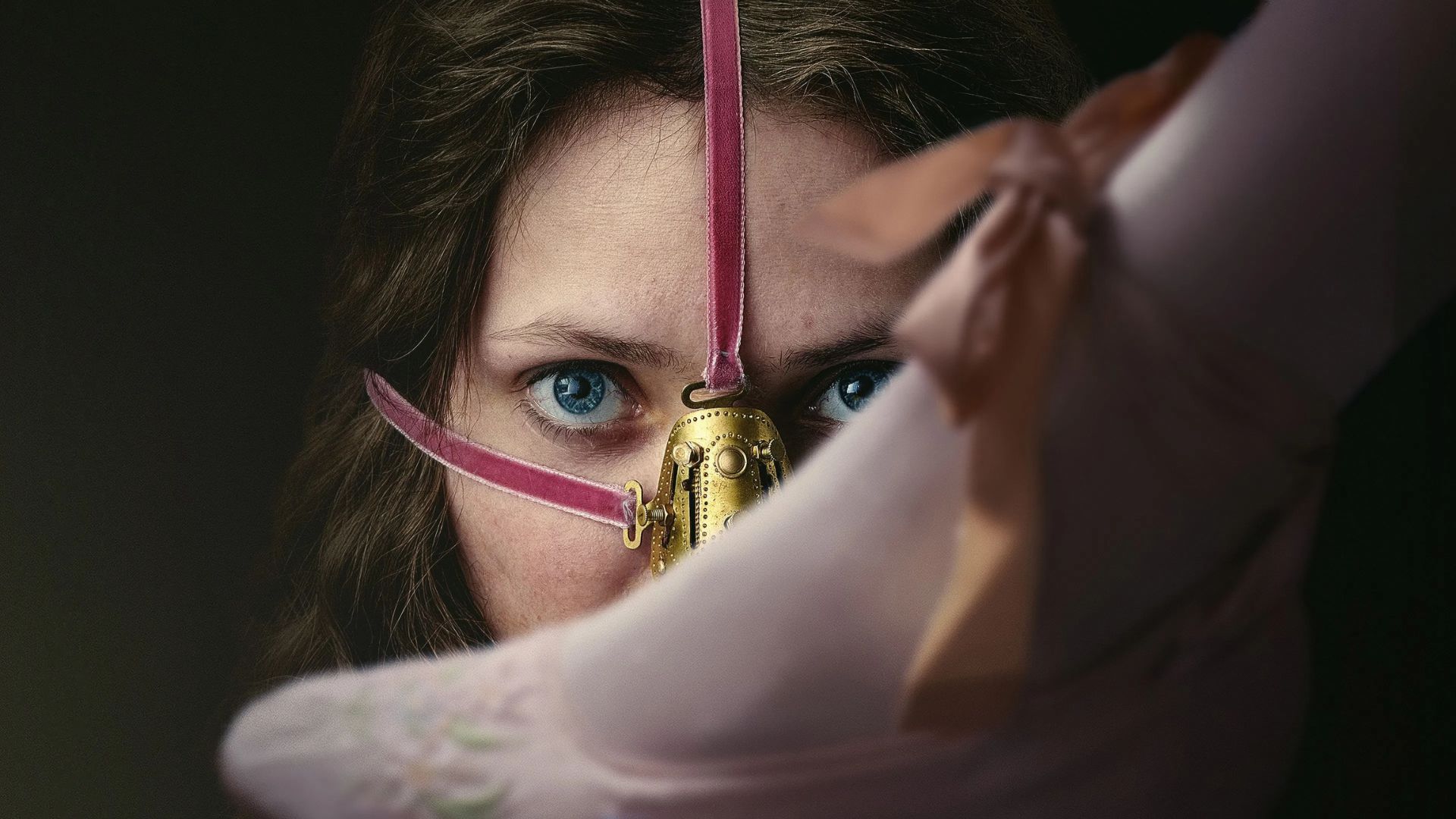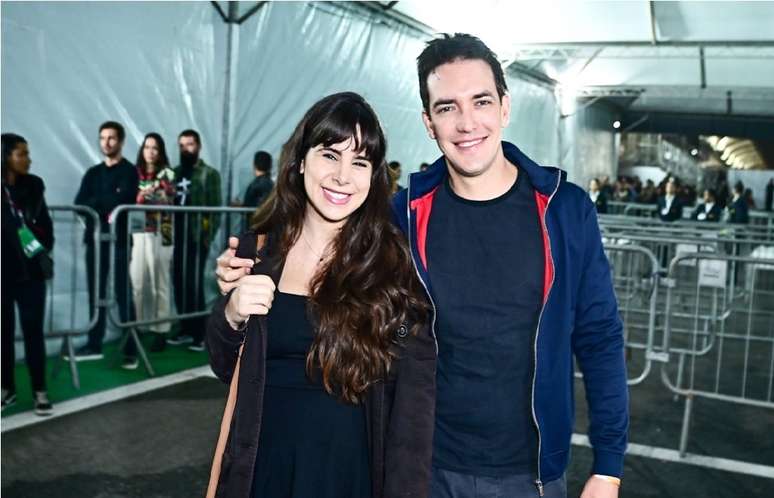It stands out for the rolled ears, the short tail and the wild appearance, but has a sweet and sociable temperament
Originally from the United States, the Highlander race is relatively recent and was developed in 2004 by selective crosses between domestic cats and felines that look exotic as Jungle Curl. The aim of the creators was to combine a wild and unusual aspect with a sociable and peaceful personality. The result is an impressive cat at first sight but affectionate and charismatic in everyday life.
According to the tica (The International Cat Association), Highlander has been officially recognized as a distinct race and is available in two variants: Short Peel Highlander and Long Highlander (HG). Both share the same main physical traits, such as the curved back, the short tail and the muscle body, which contribute to their surprising appearance.
So take a look at some characteristics of the highlander cat!
1. Physical appearance
According to Tica, Highlander is an middle cat -grande, with robustmuscular body and athletic appearance. Its trunk has a rectangular shape, with a straight back and slightly higher shoulder sides of the shoulders. Longer suggestions help to compose this strong and agile silhouette, particularly evident in males, which tend to be larger.
Highlander’s head has a form of pear inverted, with good width in the upper part and a strong and square muzzle. The eyes are large, oval and slightly inclined. One of the most surprising blows are the curved, large and rounded ends. This curvature is natural and flexible, more evident in puppies and we tend to soften with growth.
Another culminating point is the short and thick tail, which should be at least five centimeters long in adults. Vico allows the presence of folds, hooks or curves in the tail, which adds even more originality to the appearance of the highlander. The coat can be short (dense and sitting) or long (with threads up to 6 cm), in a wide variety of colors and motifs, in particular the workouts, which improve the wild aspect of the breed.
2. Temperament and personality
Despite Exotic aspectHighlander is an extremely docile, affectionate and sociable cat. According to Tica, the temperament of the breed should be “non -demanding”, that is, the animal can show fear or discomfort, but should never have aggressive or threatening behavior.
This calm temperament is balanced with a curious and active spirit. Highlander is playful, she loves to explore environments and interact with people. It is a breed that forms strong ties with the tutors and likes to be around, following the activities of the house. It also adapts well to live with other cats, dogs and children, on condition that it is adequately socialized by a puppy.

3. Attention to food and health
Since it is an active and muscular cat, Highlander needs a balanced and protein diet with adequate nutrients to support its physical structure and maintain energy. The amount should be regulated on the basis of age, at the level of activity and weight, always with a veterinarian’s guide.
The breed does not have a genetic predisposition to specific diseases, but the short tail structure requires attention. Although the hooks and curves in the tail are accepted by the tics, it is essential to observe if there are no limits of discomfort or movement. Furthermore, Regular veterinarian exams They help to guarantee the well -being of the animal and prevent health problems common to all cats, such as kidney disease, obesity and dental problems.
Long distance cats require frequent brushing at least twice a week to avoid the formation of us and the accumulation of dirt. Short fur requires less maintenance, but also benefits from occasional brushing.
4. Education and socialization
Highlander is an intelligent and curious cat that learns easily and responds well to early socialization. From a puppy, it is important to introduce it to different environments, people and animals, always gradually and positively, to ensure that it grows safe and confident.
Because it is an active breed, it needs Environmental enrichment constant. This means that the tutor must offer activities that stimulate their senses and natural skills, such as simulated hunting games, interactive toys and places to climb and explore. The breed can also be trained with simple commands, especially if it is rewarded with snacks and affection.
Source: Terra
Ben Stock is a lifestyle journalist and author at Gossipify. He writes about topics such as health, wellness, travel, food and home decor. He provides practical advice and inspiration to improve well-being, keeps readers up to date with latest lifestyle news and trends, known for his engaging writing style, in-depth analysis and unique perspectives.









